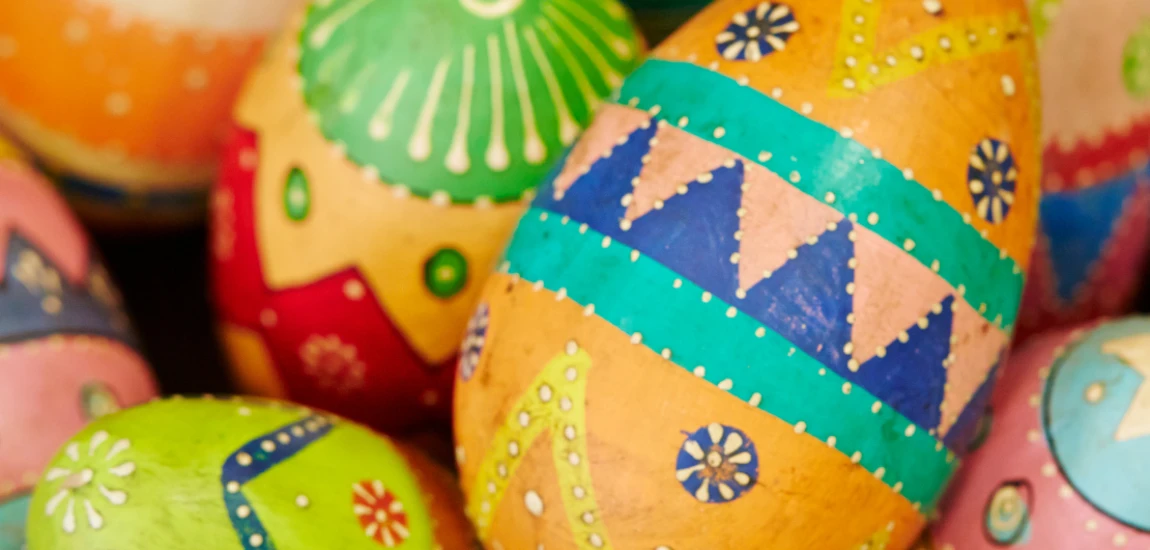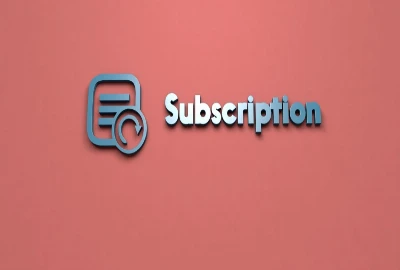Emojis, Memes & Easter Eggs: Decoding the New Language of Modern Shows

Television and streaming have always reflected the culture of their time. From the golden age of sitcom catchphrases to today’s binge-worthy dramas, storytelling evolves with the audience. In recent years, a fascinating shift has emerged: shows are no longer relying solely on dialogue, visuals, or even plot twists to connect. Instead, they are weaving emojis, memes, and Easter eggs into their narratives—creating a symbolic language that feels instantly recognizable to digital-native viewers.
For audiences who grew up online, spotting a meme reference or decoding a hidden Easter egg is more than entertainment—it’s participation. These elements build a sense of belonging, turning passive viewing into an interactive experience. But what makes this new form of communication so powerful? And what does it mean for the future of storytelling?
This blog breaks down the psychology, creativity, and cultural impact of the new language of modern shows—and why it resonates so strongly with audiences.
The Rise of Emojis as Storytelling Tools

Emojis started as shorthand in texting, but now they’ve made their way into television scripts, episode titles, and even plot devices.
Emojis as Character Identity
Some shows use emojis to reflect a character’s personality or mood. A text exchange on-screen might feature emojis that capture emotions more efficiently than words. This not only mirrors real-life communication but also makes the narrative relatable to younger audiences who use emojis daily.
Building Humor and Relatability
A well-placed emoji can amplify comedic timing. Whether it’s a crying-laughing face to highlight irony or a fire emoji to suggest drama, these symbols translate universal feelings. They transcend language barriers, allowing international audiences to engage with shows without relying on subtitles for every emotional nuance.
Symbolism in Episode Design
Some creators go further by using emojis in episode titles, marketing campaigns, or even on promotional posters. This playful integration signals that the show speaks the language of the internet generation, making it feel modern and culturally aligned.
Memes as Modern Mythology

Memes, once fleeting internet jokes, now function as a collective cultural archive. For modern shows, memes are both inspiration and output.
Memes Inside the Narrative
Some series incorporate memes directly into scripts—referencing viral jokes, trends, or internet slang. This creates instant recognition for viewers while embedding the show within the online cultural zeitgeist.
Shows Becoming Memes
Equally powerful is when shows themselves generate memes. A single screenshot, reaction, or line can explode online, spreading faster than the show’s actual marketing. Think of how reaction GIFs from shows like The Office or Euphoria have become part of everyday digital conversations.
The Loop of Meme Culture
This cycle—where shows use memes and then become memes—fuels relevance. It blurs the line between audience and creator, as fans remix content into their own language, extending the lifespan of a series far beyond its original broadcast.
Easter Eggs: Hidden Messages for Dedicated Fans

Unlike memes and emojis, which are obvious, Easter eggs thrive on subtlety. These hidden clues or references are strategically placed to reward observant viewers.
Building Loyalty Through Secrets
Easter eggs create a sense of intimacy between creators and fans. Spotting a hidden nod to a past episode, a character’s backstory, or even another franchise makes viewers feel like insiders. This strengthens loyalty and encourages rewatching to uncover missed details.
Expanding Story Universes
In cinematic universes like Marvel, Easter eggs often hint at future storylines or crossovers. On TV, they connect episodes, characters, or even spin-offs. They serve as breadcrumbs, rewarding the most engaged viewers with exclusive narrative depth.
Encouraging Online Communities
Easter eggs fuel online discussion. Reddit threads, YouTube breakdowns, and fan blogs thrive on decoding these hidden messages. This fan-driven analysis doubles as free promotion, keeping the show in public conversation long after episodes air.
Audience Psychology: Why We Crave Hidden Languages

Why do emojis, memes, and Easter eggs resonate so deeply? The answer lies in audience psychology.
The Thrill of Recognition
Humans love recognition. Spotting a cultural reference triggers a dopamine hit, making viewers feel clever and “in the know.” This small but powerful reward strengthens emotional ties to the show.
Belonging Through Shared Codes
Using digital symbols creates an in-group dynamic. Fans who understand a reference feel part of an exclusive community. This shared decoding fosters connection, both with the show and with fellow fans.
Active vs. Passive Viewing
Traditional TV viewing was passive—audiences simply consumed what they were given. The new language of modern shows makes viewing active. Fans pause, rewind, and analyze scenes to uncover meaning, turning the act of watching into an interactive game.
The Creative Balance: Innovation vs. Accessibility

While emojis, memes, and Easter eggs enrich storytelling, they also present creative challenges.
Risk of Alienation
Overusing digital language can alienate older audiences or international viewers unfamiliar with niche internet culture. Shows must strike a balance between being trendy and remaining accessible.
Timeliness vs. Timelessness
Memes are notoriously short-lived. What’s funny today may feel outdated in a year. Writers must consider whether embedding current memes risks dating the show too quickly, reducing its long-term appeal.
Blending Tradition and Innovation
The best shows use these elements as seasoning, not the main dish. They integrate emojis, memes, and Easter eggs into broader, timeless storytelling, ensuring the narrative resonates beyond fleeting trends.
The Future of Storytelling in the Digital Era

As media continues evolving, the integration of internet-born language is likely to deepen. But where is this trend heading?
Interactive Storytelling
We may see more shows that invite audiences to decode digital clues in real time. Imagine a series where hidden emojis or memes unlock bonus content or alternate endings. This level of interactivity could transform fandom into a participatory experience.
Cross-Media Integration
Future shows will likely blur boundaries between platforms. An Easter egg in a TV episode might connect to a hidden meme on a social media page, creating an expansive transmedia narrative.
The Universal Language of Symbols
Ultimately, emojis, memes, and Easter eggs could become a universal storytelling toolkit—bridging cultures, languages, and generations. Just as cinema once pioneered visual storytelling, modern shows are pioneering digital symbolism as the new global language of entertainment.



